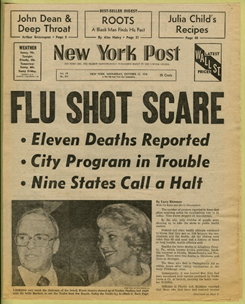
Associate Director, Global Health @KFF. U.S. & International Health Policy, Health Security, Infectious Disease Epidemiology, Public Health
2 subscribers
How to get URL link on X (Twitter) App





 By the end of this year the world is likely to produce over 12 billion vaccine doses of all vaccine types.
By the end of this year the world is likely to produce over 12 billion vaccine doses of all vaccine types. 

 Most countries in the region have fully vaccinated between 20 and 40% of their populations; Chile and Uruguay stand out, with >70% fully vaccinated. Countries use a mix of vaccines, mostly Chinese inactivated vaccines (Sinovac and Sinopharm), plus some Pfizer & AstraZeneca
Most countries in the region have fully vaccinated between 20 and 40% of their populations; Chile and Uruguay stand out, with >70% fully vaccinated. Countries use a mix of vaccines, mostly Chinese inactivated vaccines (Sinovac and Sinopharm), plus some Pfizer & AstraZeneca 

 The most common concerns about vaccines in the "wait and see" group revolve around safety and side effects, so if a perception takes hold - for whatever reason - that a vaccine is "unsafe" it could have implications for willingness to be vaccinated especially in this group.
The most common concerns about vaccines in the "wait and see" group revolve around safety and side effects, so if a perception takes hold - for whatever reason - that a vaccine is "unsafe" it could have implications for willingness to be vaccinated especially in this group. 

 2) Less than 500,000 (out of ~2.7 M vaccinated) have so far received a 2nd dose. A single dose is "less effective than we hoped" in providing protection, according to Israeli health leaders.
2) Less than 500,000 (out of ~2.7 M vaccinated) have so far received a 2nd dose. A single dose is "less effective than we hoped" in providing protection, according to Israeli health leaders. 
https://twitter.com/missy_ryan/status/1344295139771080706She's co-authored reports on the Department of Defense and global health, such as this one from 2009




